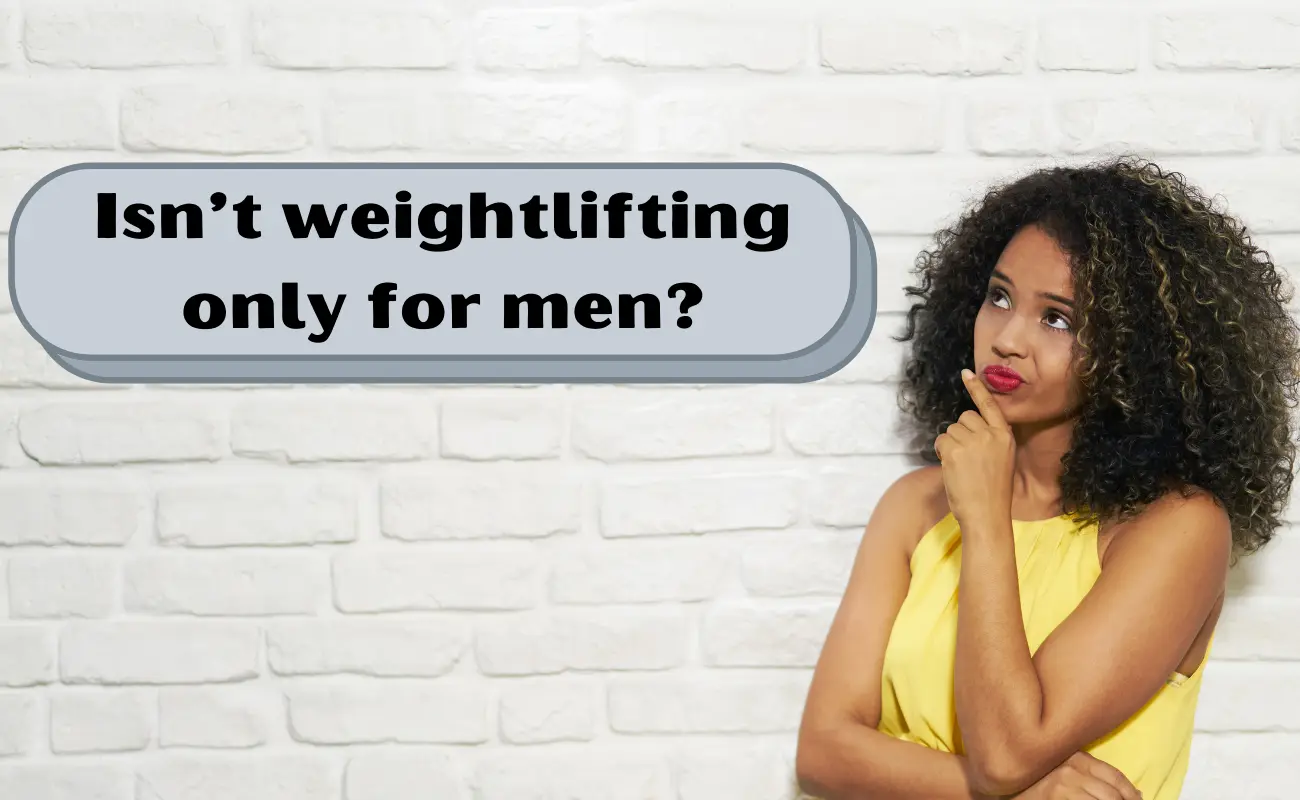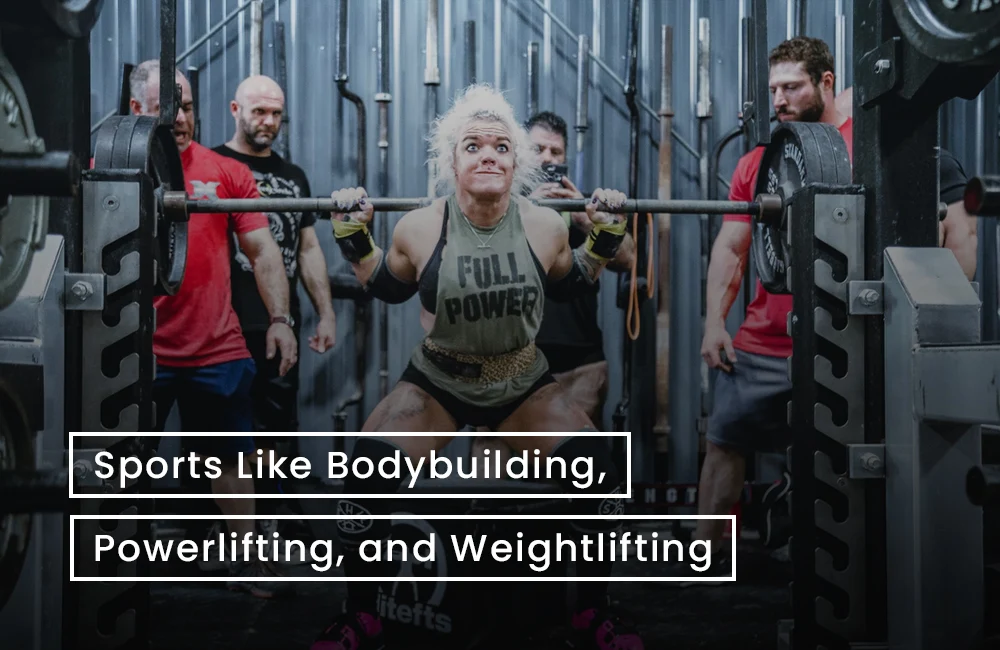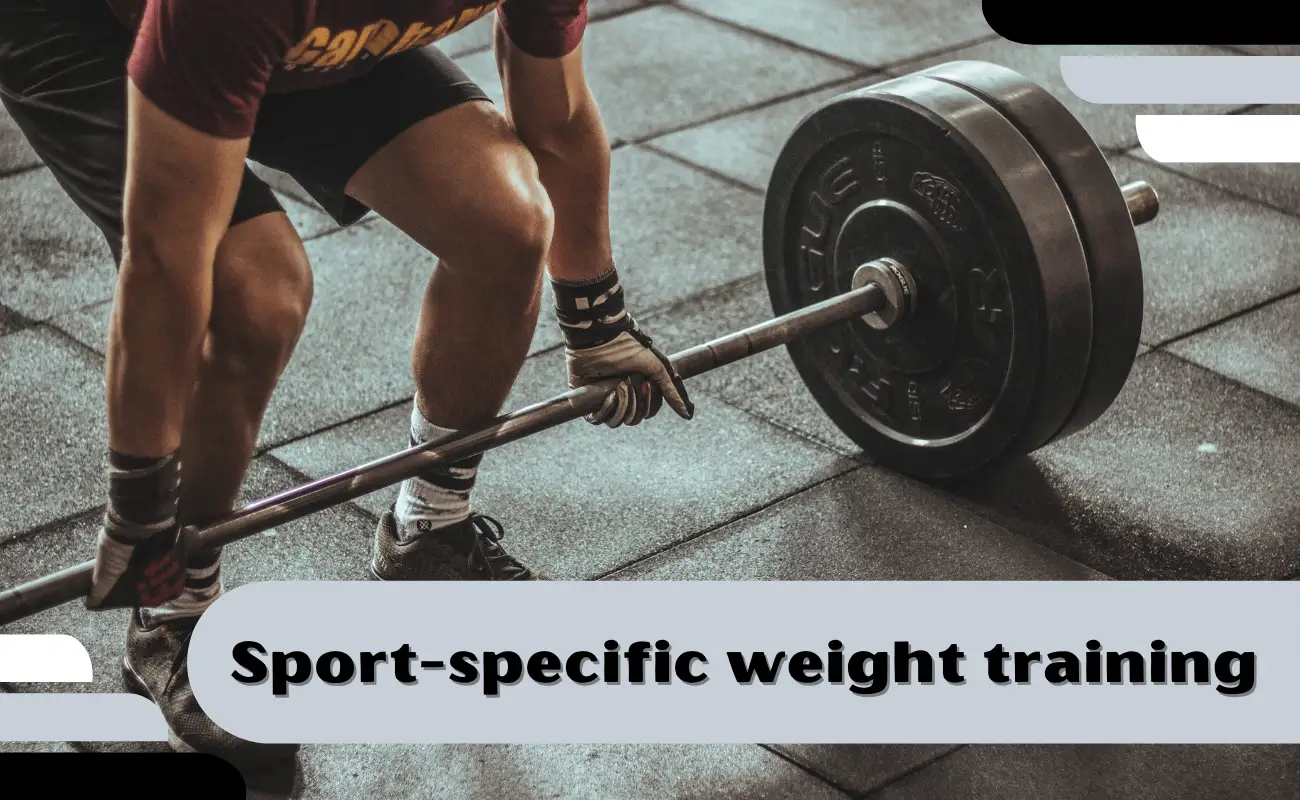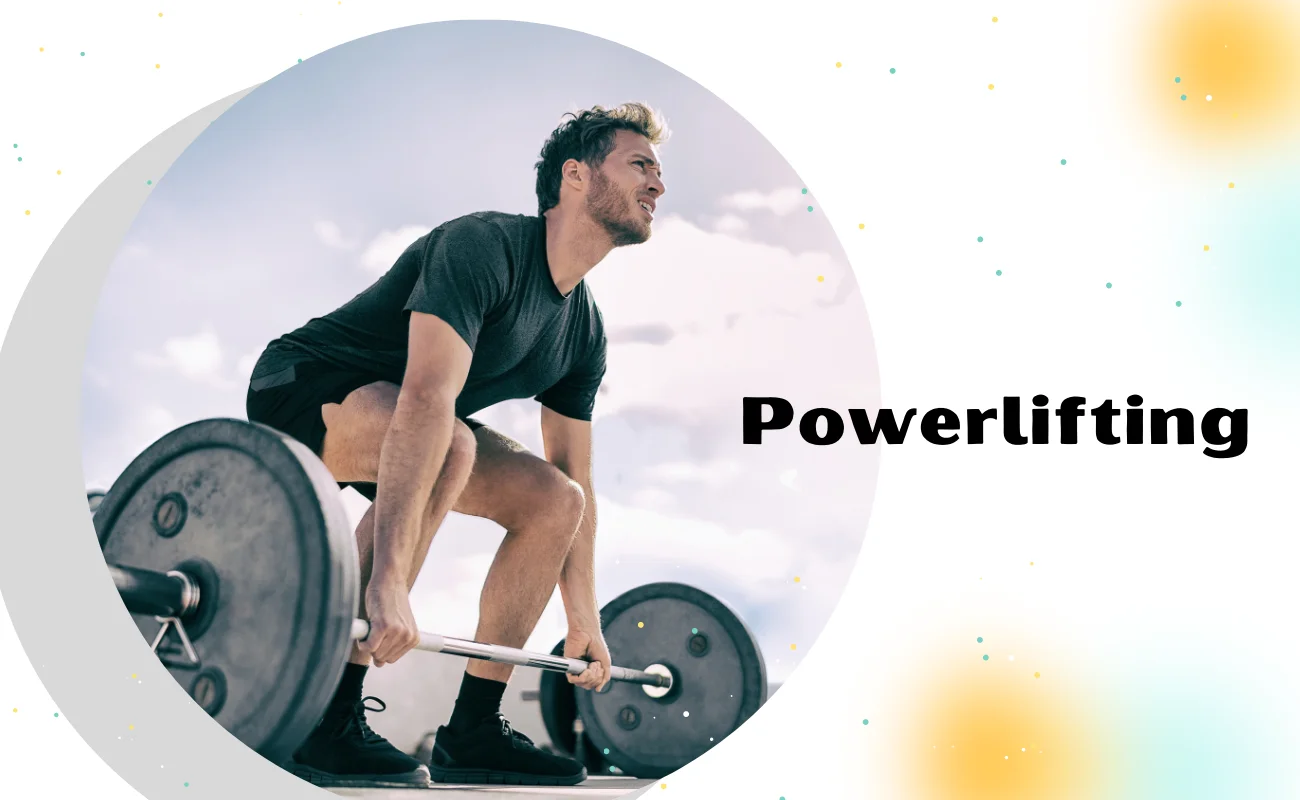Table of Contents
Weightlifting competitions
The conventional fitness and competitive uses of weight training and strength training — words that have roughly the same meaning — have evolved in the last 20 years. Weight training is becoming more popular as a technique of improving health – for fat reduction, osteoporosis prevention, aging strength, agility, mobility, and overall fitness.
Weight loss has also been advocated as a treatment for a variety of medical ailments, including diabetes, arthritis, and Parkinson’s disease, to mention a few.
The most traditional kinds of competition weight training, such as:
- Bodybuilding
- Weightlifting is an Olympic sport.
- Powerlifting
Within a small town, strongman events are common as well. From a casual fitness trainer to a competitive fanatic, here’s how it all comes together.
Weightlifting is not just for those who want to get stronger or look better. It’s a sport that can be done as an individual, with friends and family, at the gym, in your living room — anywhere you have weights! The International Powerlifting Association sanctions weightlifting competitions all around the world – from local meets to international events.
Weight Lifting for Health
Most individuals lift weights to enhance their health, fitness, and beauty, as well as to prepare for sporting events. The following are some examples:
- Type 2 diabetes, osteoporosis, arthritis, and heart and lung disease are among the diseases that can be managed.
- For health and beauty, fat loss, weight control, and body sculpting are recommended.
- Fitness for other pursuits such as sports and military service, as well as associated physical fitness needs
- Strength, balance, cardiovascular fitness, blood glucose, blood pressure, cholesterol, and bone density control, as well as psychological well-being, are all aspects of general fitness.
Although weight training has many benefits, the majority of people still do it for fitness and appearance reasons. Fitness is not only about looking a certain way; it’s also about having the energy to do the things you love. Strength training can help improve your health in many ways, including reducing your risk for chronic diseases, helping you maintain a healthy weight, and improving your balance and coordination. When done correctly, weightlifting can also give you that lean, toned look that so many people strive for. If you’re interested in getting fit through weightlifting but don’t know where to start, we have plenty of resources to help you out. Start by reading this article on how to get started with strength training.
You might also like Best Workouts to Lose Belly Fat
Sport-specific weight training
Weight training for many sports aims to improve performance by increasing strength, power, and agility. The best programs for accomplishing this are hotly contested, and several ways are employed. Some trainers choose workouts that mirror the dominating moves in a sport, while others focus on increasing overall strength and power as a foundation for improved performance.
Doing one-legged squats for cycle sprint training, for example, reminds us that in cycle racing, power is largely applied one leg at a time. However, a trainer who prefers a more comprehensive approach to strength and power may not see the need for such specialized limb training.
Weight training is a great way to improve athleticism and performance. It also has several other health benefits, including strengthening bones and preventing osteoporosis. The key to weight training for sports is remembering that it should be done in short bursts with long periods of rest between workouts. This will allow your muscles time to recover before the next workout session. You may want to try these three exercises as an introduction to weightlifting for athletes: squats, bench press, and deadlifts.
Bodybuilding
Bodybuilding is both a sport and a recreational activity. Competition bodybuilders go to great lengths to create a strong physique, and some participate in official contests for recognition. Their bodies have a very low body fat percentage and very large and muscular size and form.
Because they need to develop even smaller muscles to enhance community voices for health body characteristics, bodybuilders employ a wider spectrum of workouts, including free and machine weights, than any other discipline. It’s fair to assume that bodybuilders are more concerned with muscle bulk and appearance than with actual strength.
Bodybuilders and powerlifters or Olympic lifters don’t normally cross-fertilize much. However, they appear to be better knowledgeable of the health and nutrition difficulties that come with general fitness and health training. Nutrition plays an important role in bodybuilders’ training plans, especially when it comes to obtaining a low body fat percentage.
you are looking to start bodybuilding, there are a few things you need to know. First and foremost, make sure that you have the right equipment. This includes weights, a bench or sturdy chair, and a weightlifting belt (optional). You will also want to invest in some good quality protein powder and supplements. Once you have the basics covered, it’s time to start working out! Begin by lifting light weights for high repetitions and gradually increasing the weight as your strength improves. Always focus on proper form – this is key for avoiding injuries. Finally, be patient; results don’t happen overnight. With hard work and dedication, though, you will see progress over time.
See also Proper HIIT Workouts on a Treadmill
Powerlifting
Powerlifters compete in competitions to see who can lift the most weight in only three exercises: bench press, squat, and deadlift.
- Pushing a barbell upward while reclining on a bench is known as the bench press.
- Lifting a barbell off the ground is known as the deadlift.
- Squatting with the thighs parallel to the ground and a barbell on the shoulders is known as the squat.
Powerlifters seldom, if ever, move over into Olympic lifting (weightlifting) while competing in powerlifting. The techniques and culture are vastly dissimilar.
The powerlifting community is a tight-knit group of people who are all working together to achieve their goals. This blog post has discussed the usefulness of having friends and competitors in your life, as well as how important it is to have supportive family members for this difficult journey that can be weight loss. It’s also been made clear that there are many benefits associated with being involved in powerlifting, both mentally and physically.
Olympic Weightlifting
In competition, Olympic lifters only do two lifts: the clean and jerk and the snatch, however training workouts include many additional practice movements. Each is extremely technical and takes a lot of effort and training to master.
Unlike competitive bodybuilders, who must maintain a low body fat percentage to emphasize muscle definition (about 6% for males), competitive weightlifters maintain a higher fat percentage of 10 to 15% of body weight. This isn’t a bad thing, and it could even help them in their sport. When it comes to body fat, powerlifters are most likely somewhere in the middle.
if you are looking to start an Olympic weightlifting program – or improve your current one – be sure to keep the following tips in mind. First and foremost, make sure that you have a qualified coach who can help you safely learn and perform the lifts. Secondly, focus on mastering the basic lifts before progressing to more difficult variations. Finally, remember that consistency is key; aim to lift at least three times per week for best results.
Where Do They Practice?
Most gyms and health clubs offer free weights and machine weights available for general weight training. In well-equipped gyms, powerlifters, for example, will generally find racks for deadlift, squat, and bench press. If enough room is provided, Olympic lifts can also be practised with low weights.
Specialized studios are best for serious professional powerlifting and Olympic lifting, where very big weights are necessary, because of the safety precautions required, which include teams of spotters and handlers.
Conclusion paragraph: With so many options for weightlifting, it can be hard to choose the best one. To help you find the perfect gym or health club near you that provides everything your workout routine requires, we’ve compiled a list of gyms and fitness clubs by state below. For serious professional powerlifters and Olympic lifters where very heavyweights are required (usually over 150 pounds), specialized studios are best since safety precautions required include teams of spotters and handlers.
Wars of Culture
It’s very uncommon for bodybuilders, powerlifters, and Olympic lifters to get into intense debates and conflicts on Internet forums. Many people consider weight training to be more of a generic activity relating to fitness, health, and attractiveness than anything else, thus the fact that such tribal allegiances exist astounds them. Nonetheless, they all contribute to a thriving weight-training culture in some manner, with the savviest coaches incorporating techniques and advice from a variety of disciplines.
When it comes to creating weight-training objectives, understanding the varied techniques and criteria for these distinct types might be beneficial. Are you new to weight training? Start with the fundamentals to get you started, and work your way up to more sophisticated and hard exercises. You never know where you’ll find yourself.
By understanding the different types of weight training, you can identify which will work best for your specific goals. If you are just starting, begin with basic exercises and progress to more complex ones as you become stronger. With a little effort and perseverance, you could reach any weightlifting goal you set for yourself.
See also Battle Rope, Jump Rope, and Other Rope Workouts
The most frequently asked questions about
Why do professional weightlifters have such large stomachs?
Athletes frequently wear tight lifting belts over their abdomens during big lifts to support their bodies’ midline, which includes their abs and lower back. The extra mass packed into a tight belt aids in the formation of a robust column capable of supporting seemingly ludicrous weights.
The average person might look at a weight lifter and think, “Wow, they’re really big!” But in reality, the muscle mass that makes up a professional weight lifter’s body is not all fat. Most of it is a muscle, which has been built up over time through hard work and dedication to lifting weights. And one of the main reasons these athletes lift such heavyweights is because of their tight lifting belts. By wearing a belt during lifts, the weight lifters can create more stability throughout their midline and support heavier loads. So next time you see someone straining under a massive weight, remember that they’re not just dealing with an impressive amount of muscle.
When do the majority of professional weight lifters begin?
The majority of professional weight lifters begin in their late teens or early twenties. Some start earlier, but the average age is about eighteen. If you’re interested in becoming a world-class athlete and making it to the Olympics, we recommend starting your training as soon as possible so that you have plenty of time to practice and hone your skills before you turn twenty years old!
Basic strength-building activities may be started as early as the age of eight, according to experts. Strength training should be done with bodyweight or modest weights at this age.
The answer to this question is a bit more complicated than “right away”, but many researchers and fitness experts agree that it can begin as early as 8 years old. Although bodyweight or light weights may be best for young children, the majority of professional weightlifters don’t start until age 16-17. It’s important to remember that there are no hard and fast rules when it comes to exercise regimens; what matters most is finding an approach that works well with you and your lifestyle (and isn’t causing any serious injuries).
What do pro weightlifters do to hide their ostomy bags?
So, what do pro weightlifters do to hide their ostomy bags? The answer is simple; they wear clothes that are loose and no tighter than necessary. They also avoid fitted clothing like t-shirts because tight-fitting shirts will make the bulge more noticeable.
Ostomy bags can be a source of embarrassment for many people, but pro weightlifters have found ways to hide them and continue doing what they love. If you are an ostomate, don’t let your ostomy bag keep you from living a full life. There are plenty of ways to conceal it, so find the method that works best for you and get out there and enjoy life!

Isn’t weightlifting only for men?
The answer to this question is a resounding no! Weightlifting, or strength training, is an important part of any exercise routine for both men and women. Weightlifting has several benefits that are specific to women. We’ve highlighted just a few of these benefits below. So what are you waiting for? Get started on your weightlifting journey today! Why do women need to lift weights? There are many reasons why weightlifting is important for women. Here are just a few key reasons: -Weightlifting can help reduce the risk of osteoporosis. Women who lift weights have been shown to have greater bone density than those who don’t lift weights.
What should I lift and how much should I lift?
Do: Lift a suitable amount of weight when you’re weight training. Begin with a weight that you can lift 12 to 15 times without straining. A single set of 12 to 15 repetitions with a weight that fatigues the muscles can be as beneficial as three sets of the identical exercise for most people.
Will I ‘bulk up’ if I begin weight training?
is a lot of misinformation around the idea that weight training will lead to bulking up, and it’s time we dispel this myth. When someone starts lifting weights, their muscles will grow but only in proportion to how much they work out (and what their diet looks like). They won’t suddenly look like The Rock or Arnold Schwarzenegger unless they’re taking steroids or other performance-enhancing drugs – which I would advise against for many reasons! If you want your body to change as little as possible when you start strength training, stick with light resistance and low reps so your muscles can build without any drastic changes.
Is it true that doing weights will make me seem bulky? The short answer is no. Many people (particularly women) are scared that lifting weights would make them bulky (grow a lot of muscle mass), which will surely transform their appearance into something they don’t like.
See also Kickback Workouts: Understanding the Exercise and Identifying Examples





